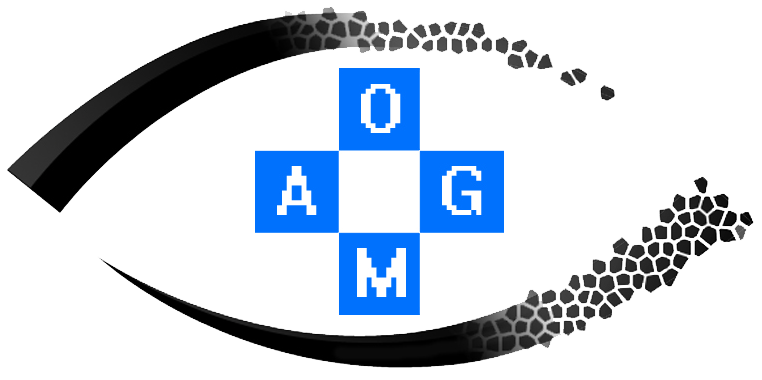Tutorials
Tutorials will be held on Tuesday, August, 28th at the Campus Inffeldgasse of TU Graz.
Random Forests in Computer Vision
Tuesday, August 28, 9-13h
Inffeld Campus, HSi2, Inffeldgasse 12
Random
Forests are ensembles of randomized decision trees. They can be
used for classification, regression, density estimation, etc.
Besides these versatile characteristics, their main benefits are
simplicity, speed, robustness to noise and the ability to handle
high dimensional input data. In this tutorial, we will give a
detailed introduction to Random Forests, explain the critical
parameters and discuss their application to many computer vision
tasks, such as, object classification, detection, tracking,
segmentation and pose estimation.
Organizer:
Christian Leistner, Microsoft Vexcel Imaging, Graz
Submodularity in Machine Learning and Computer Vision
Tuesday, August 28, 14-18h
Inffeld Campus, HSi2, Inffeldgasse 12
Many
problems in machine learning and computer vision are inherently
discrete, and the resulting optimization problems can become
computationally very challenging. While convexity is an important
property when solving continuous optimization problems,
submodularity is closely tied to the tractability of many discrete
problems. Even more, the characterizing property of submodular
functions, diminishing marginal returns, emerges naturally in
various settings and is a rich abstraction for a myriad of
problems. Long recognized for its importance in combinatorial
optimization and game theory, submodularity is now emerging in an
increasing number of applications in machine learning and computer
vision.
This tutorial introduces researchers to the
concept of submodular functions, their optimization, applications
and relevant results in recent research directions. Illustrative
examples and animations will help develop an intuition for the
concept and algorithms. The tutorial aims at providing an overview
of existing results that are important to machine learners, and
will provide pointers to further, detailed resources. Slides from
previous tutorials can be found
at submodularity.org.
The tutorial will be divided into four sections:
1. What is submodularity and what is special about it? Is my
problem submodular?
2. What are example applications of
submodular maximization and minimization?
3. What algorithms
exist for optimizing submodular functions?
4. What are new
directions?
Organizers:
Andreas Krause, ETH Zurich
Stefanie Jegelka, UC Berkeley








